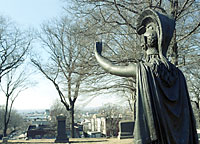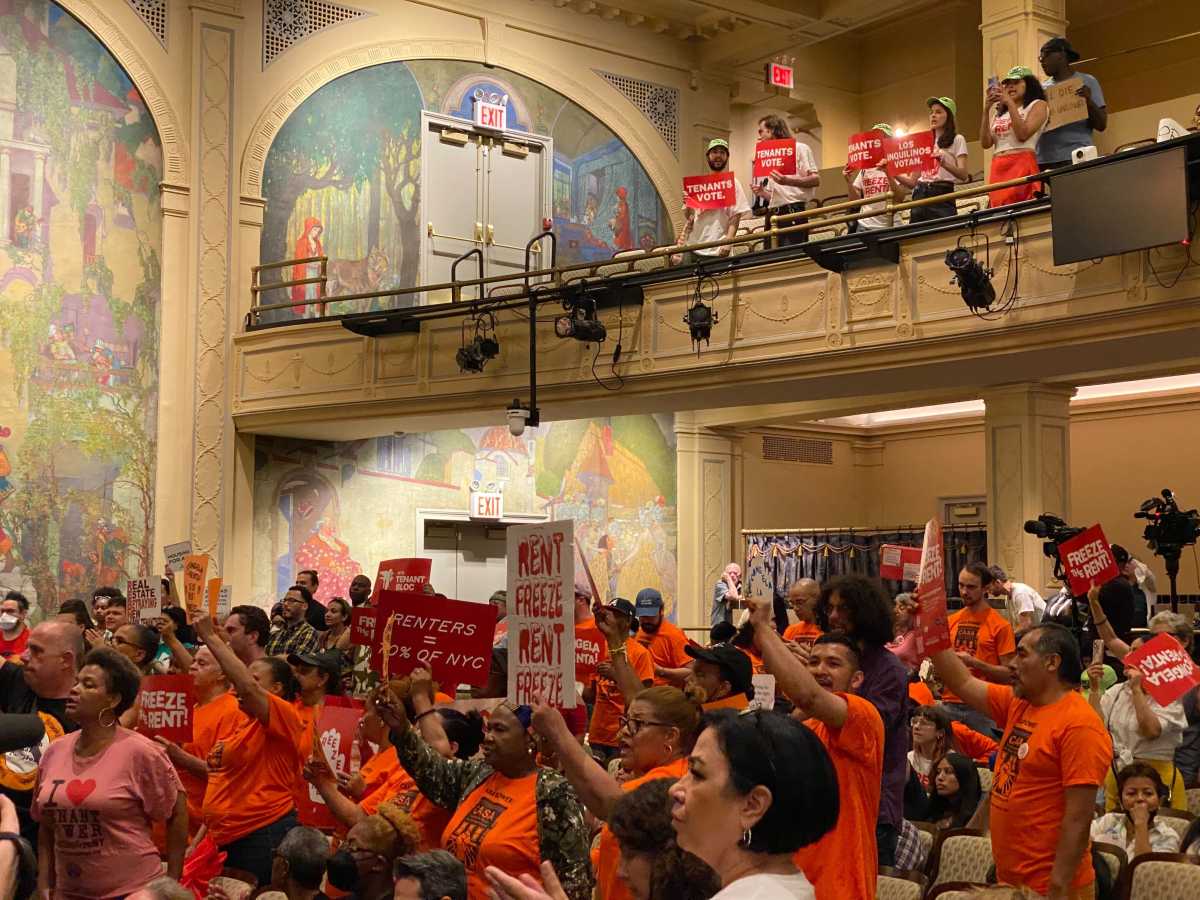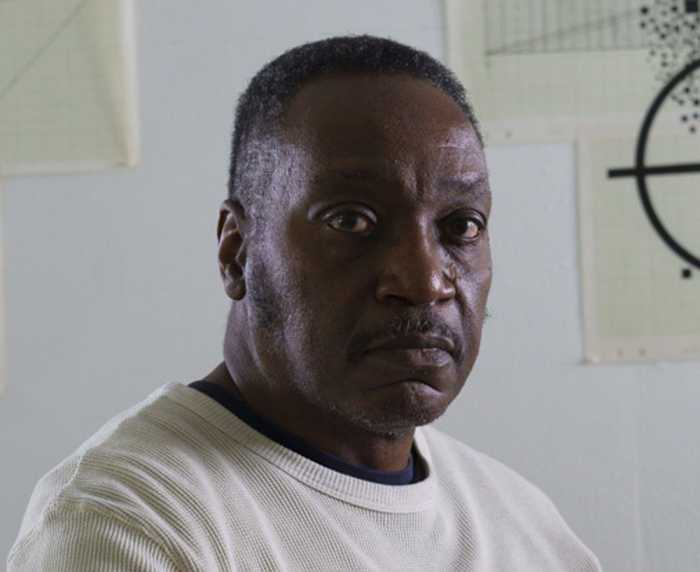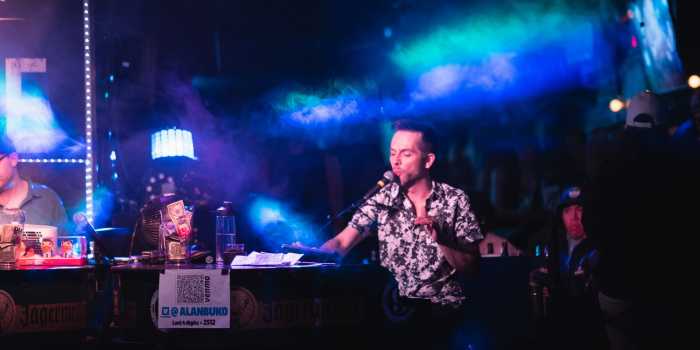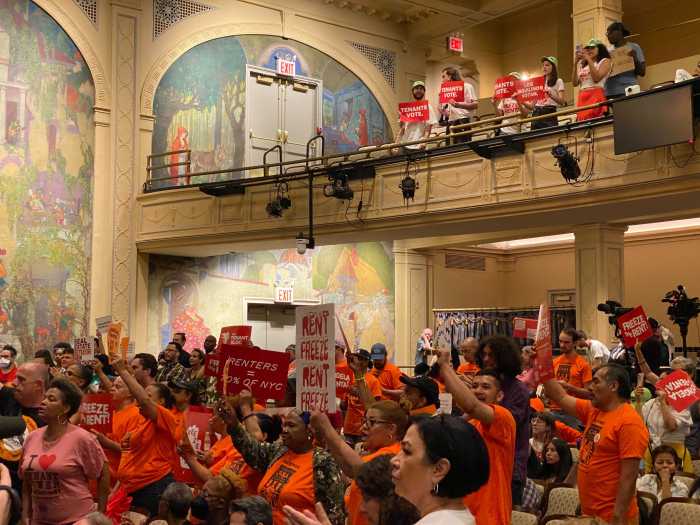If plans for new residential development in northern Sunset Park proceed
under the neighborhood’s current zoning code, the Goddess of Minerva
at Green-Wood Cemetery risks losing a flirtation nearly 90 years old.
Separated by New York Harbor and about six avenue blocks of low-rise Brooklyn
real-estate sloping down toward the harbor, the Minerva statue and the
Statue of Liberty have spent the better part of the last century locked
in a stone-eyed stare.
But a new residential development planned for the corner of Seventh Avenue
and 23rd Street, where the National Produce Warehouse stood until last
year, threatens the sight line between the two historic monuments.
“If anything above higher than four stories goes up [at the National
lot] our view will be destroyed,” said Nicholas Pisano, vice-president
of Green-Wood Cemetery, which affords some of the highest and grandest
views in the borough. “We will do whatever needs to be done to save
that view.”
The long-standing gaze between the two stone women is no coincidence.
With her left hand drawn in a salute to Lady Liberty, the 7-foot-tall
Roman Goddess of Battle was erected in 1920 — using surveying tools
to align the two monuments — on Battle Hill, Brooklyn’s highest
natural point and the spot where the Revolutionary War’s Battle of
Brooklyn was fought in 1776.
Green-Wood Cemetery is the largest landowner within the confines of Community
Board 7. Since 1838, its turreted gate at 25th Street and Fifth Avenue
has stood watch over a tightly cobbled neighborhood of bungalows with
brick gables and front porches, boxy warehouses and a Con Edison plant.
At the cemetery’s gothic chapel last week, neighborhood residents
met with representatives of both CB7 and Green-Wood to discuss a rezoning
proposal that would mandate that all new construction between 15th Street
in southern Park Slope and 65th Street in Sunset Park conform to the context
of the existing structures in size and scale.
If rezoned to the contextual R6B code, the area between 15th and 25th
streets — which real estate developers and new residents have come
to call either the South Slope or Green-Wood Heights, while some long-timers
still maintain the area is “off the R or the D, south of Park Slope
and north of Sunset Park” — would have the same zoning as much
of Park Slope.
“If we change the zoning to make it harder for developers to build
out of context with the neighborhood then they will have to come to us
to ask for a variance,” said Randy Peers, chairman of CB7’s
Land Use committee.
In January, the community board recommended that City Planning begin a
study to reconsider rezoning. Nothing formal has progressed since and
meanwhile, if development plans are submitted and ground is broken and
a foundation laid before rezoning is approved, then the development will
proceed.
Since the beginning of the year, 10 lots on the block of 23rd Street between
Sixth and Seventh avenues have sold. Closer to Fifth Avenue, on 23rd Street,
a nine-story apartment building has already gone up, its bare brick facade
hovering above a garage-front fruit and grocery warehouse and a cluster
of one or two-story, porch-fronted houses.
While no permits have been filed or plans made public for the newly bought
23rd Street lots, demolition of existing structures has already begun
on a few of them.
At 313 23rd St., work was interrupted and shut down this week when neighbors
complained of demolition happening with no safety equipment, waste receptacles
or permits in sight. By noon on March 14, the Department of Buildings
had logged five complaints from neighbors disturbed by noise and trash
on the block and sent an investigator to shut down the site.
“Three guys were just sitting up on the roof with garbage bags —
they were taking down the house with no permits or licenses at all,”
said Aaron Brashear, a 23rd Street resident and founding member of Concerned
Citizens of Green-Wood Heights, a rezoning advocacy group.
Between Tuesday and Wednesday, neighbors telephoned the Buildings Department
with five more complaints.
One complaint, made on March 16, cited that the building was in danger
of falling and that debris was being thrown from the roof on both the
street side and the yard side. “The site should have been shut down
after the [first] complaint about unsafe demolition. Its unclear what
happened,” said Carla Mitchell, a clerk in the Department of Buildings
Construction Unit.
Built in 1901, the house at 313 23rd St. is a two-story wood-frame with
a facade of faded, brick-toned roof shingles. With a low slung, columned
porch and a front entrance that butts up to the sidewalk, the house betrays
both Brooklyn’s early ambitions as Manhattan’s greener half
and years of disuse.
Gregory, one of the construction workers on site at 313 23rd St. before
work was stopped by the city, imagines that soon enough the lot will hold
a much sturdier — and bigger — house. He predicted condominiums.
“The company who owns this owns places all over. They’re building
condos,” he said.


